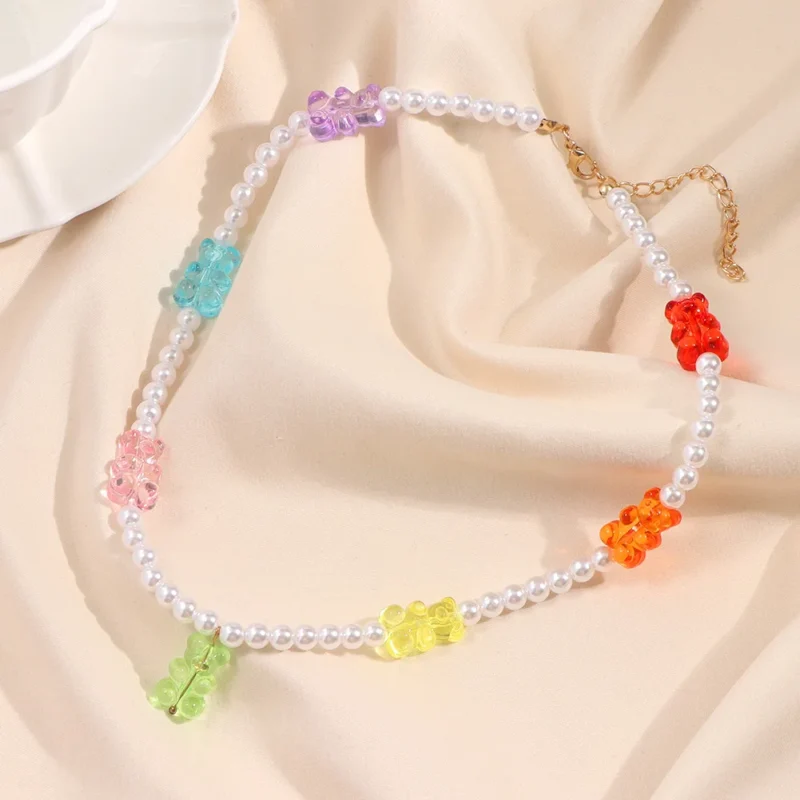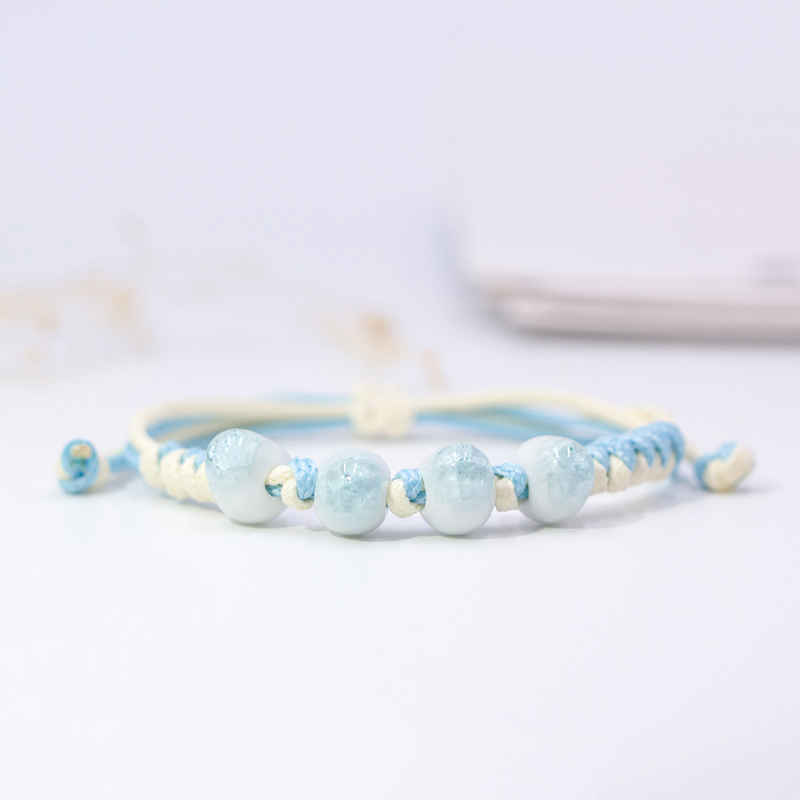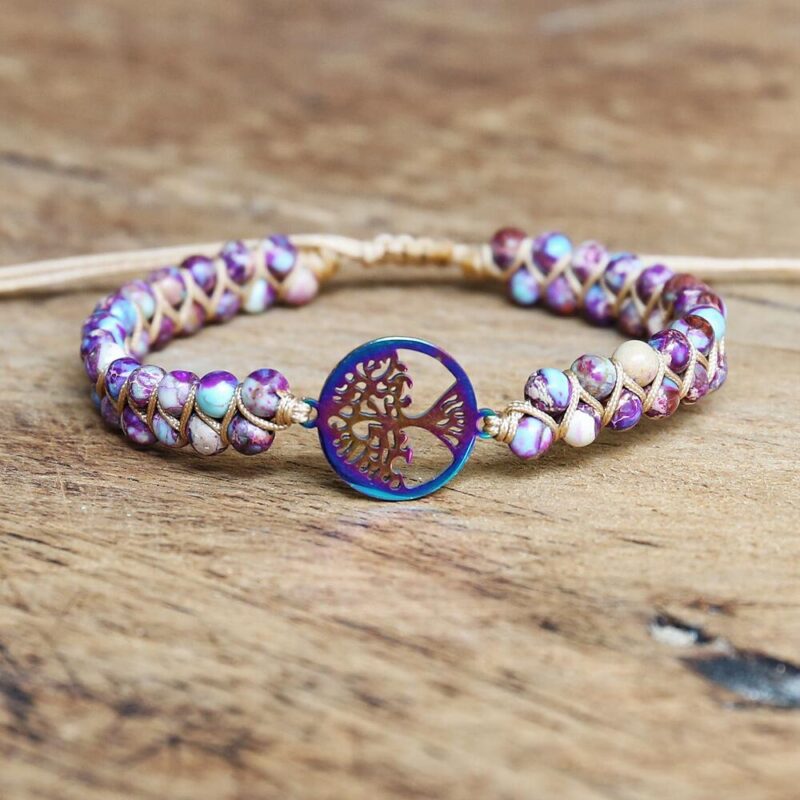Handmade Jewelry
Discover the Unique Charm of Handmade Jewelry
Handmade jewelry is a timeless art form that embodies creativity, craftsmanship, and individuality. Unlike mass-produced pieces, handmade jewelry is crafted with personal attention to detail, making each piece unique and special. This article explores the enchanting world of handmade jewelry, focusing on two popular categories: bracelets and necklaces. We will delve into their various styles, the intricate process of crafting them, and the reasons why handmade jewelry remains a cherished choice for many.
The Timeless Appeal of Handmade Jewelry
Historical Significance
Jewelry has played a significant role in human history, serving as symbols of status, love, and cultural identity. Handmade jewelry, in particular, has been cherished for its unique designs and personal touch. From ancient civilizations to contemporary artisans, the tradition of crafting jewelry by hand has endured, highlighting the universal desire for beauty and self-expression.
Artistry and Craftsmanship
The creation of handmade jewelry is an art that requires skill, patience, and creativity. Each piece is carefully crafted by artisans who pour their heart and soul into their work. This level of craftsmanship ensures that every piece is not only beautiful but also made with the highest standards of quality.
The Allure of Handmade Bracelets
Varieties of Handmade Bracelets
- Beaded Bracelets: Beaded bracelets are a favorite among jewelry enthusiasts. Made from an array of materials such as gemstones, glass, wood, and metal, these bracelets are versatile and can be tailored to suit any style. The process of selecting and stringing each bead by hand results in a piece that is both unique and personal.
- Charm Bracelets: Charm bracelets offer a highly personalized touch. Featuring a collection of small charms that hold personal significance, these bracelets can be customized to reflect the wearer’s interests, memories, and milestones. Each charm is meticulously crafted, making charm bracelets a treasured keepsake.
- Cuff Bracelets: Cuff bracelets are bold, statement pieces that encircle the wrist. Made from materials like metal and leather, cuff bracelets can be intricately designed or engraved, adding an element of sophistication and style. They are known for their durability and timeless appeal.
- Friendship Bracelets: Friendship bracelets are often handcrafted from colorful threads or cords. These bracelets are traditionally given as gifts to signify friendship and love. The intricate patterns and knots used in making friendship bracelets showcase the artisan’s skill and creativity.
The Crafting Process
Creating a handmade bracelet involves several detailed steps:
- Design Concept: The process begins with a design idea. Artisans sketch their concepts, considering the materials and techniques that will best bring their vision to life.
- Material Selection: High-quality materials are carefully chosen. This can include beads, metals, threads, and other components that will be used in the design.
- Crafting: Depending on the type of bracelet, the crafting process varies. Beaded bracelets involve stringing beads, while cuff bracelets may require hammering and shaping metal. Each step is performed with precision and care.
- Finishing Touches: The final touches involve polishing, attaching clasps, and ensuring the bracelet is durable and aesthetically pleasing. These finishing details enhance the overall quality and beauty of the piece.
The Elegance of Handmade Necklaces
Varieties of Handmade Necklaces
- Pendant Necklaces: Pendant necklaces feature a decorative element that hangs from a chain. Pendants can be made from various materials, including gemstones, metal, and wood. Whether simple or elaborate, pendant necklaces add a touch of elegance to any outfit.
- Beaded Necklaces: Similar to beaded bracelets, beaded necklaces are crafted by stringing beads together. The beads can vary in size, color, and material, creating intricate and unique patterns. Beaded necklaces are versatile and can be dressed up or down.
- Choker Necklaces: Choker necklaces sit closely around the neck and are made from materials such as fabric, metal, or leather. These necklaces are known for their chic and modern look, making them a popular choice for fashion-forward individuals.
- Statement Necklaces: Statement necklaces are designed to be bold and eye-catching. Featuring large elements like oversized beads, intricate metalwork, or elaborate designs, these necklaces make a strong fashion statement and are perfect for special occasions.
The Crafting Process
Creating a handmade necklace involves a series of meticulous steps:
- Design Concept: Artisans begin with a design concept, sketching out their ideas and planning the layout of the necklace.
- Material Selection: High-quality materials, such as chains, beads, and pendants, are selected to ensure the durability and beauty of the necklace.
- Crafting: The crafting process involves assembling the necklace, whether it’s stringing beads, attaching pendants, or shaping metal components. Each step requires careful attention to detail.
- Finishing Touches: Once the necklace is assembled, artisans add any necessary finishing touches, such as polishing and attaching clasps. The goal is to create a piece that is both aesthetically pleasing and durable.
Why Choose Handmade Jewelry?
Unique and Personalized
One of the main reasons people choose handmade jewelry is its uniqueness. Each piece is one-of-a-kind, reflecting the artisan’s creativity and the wearer’s personal style. Handmade jewelry can also be customized, offering a level of personalization that mass-produced items cannot match.
Superior Quality
Handmade jewelry is often made with higher quality materials and greater attention to detail than machine-made pieces. This results in jewelry that is not only beautiful but also durable and long-lasting.
Supporting Artisans
By purchasing handmade jewelry, you are supporting artisans and small businesses. This helps sustain traditional crafts and allows artisans to continue creating unique and beautiful pieces.
Environmentally Friendly
Handmade jewelry is often more environmentally friendly than mass-produced items. Artisans typically use sustainable materials and practices, reducing waste and minimizing their environmental impact.
Conclusion
Handmade jewelry, particularly bracelets and necklaces, offers a unique blend of artistry, quality, and individuality. Each piece is crafted with care and attention to detail, making it a perfect accessory for expressing personal style. Whether you are looking for a special gift or a unique addition to your own collection, handmade jewelry is a timeless and meaningful choice. Explore the world of handmade jewelry and discover the beauty and craftsmanship that goes into each piece.



